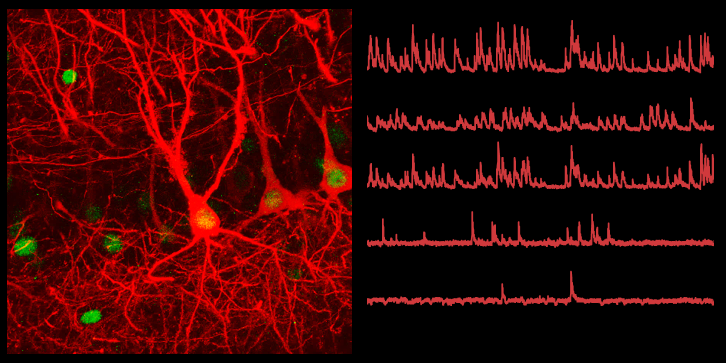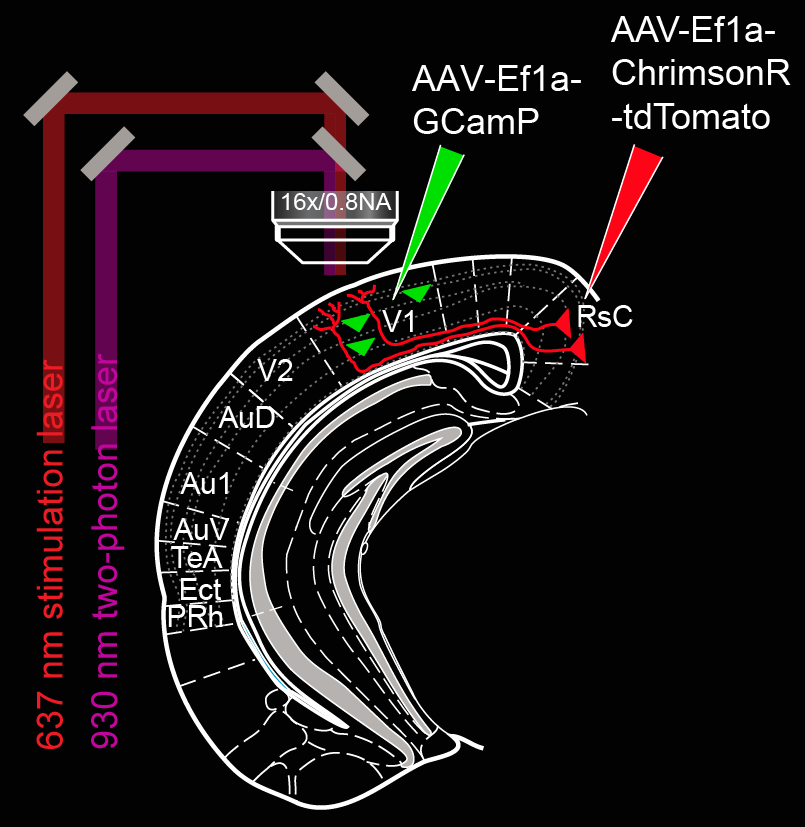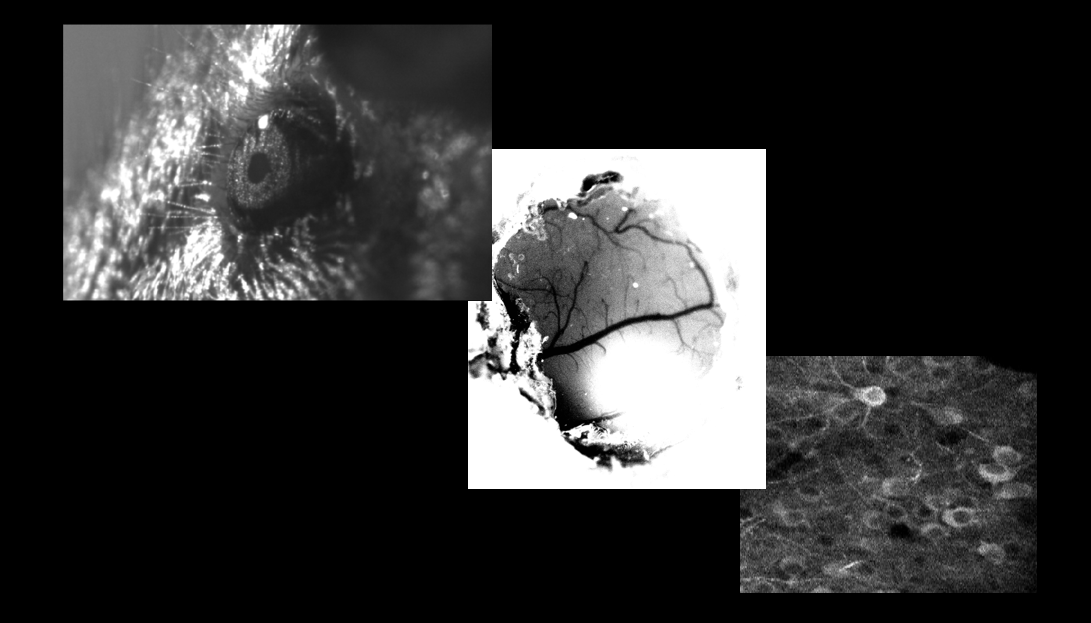
How does the brain organize and orchestrate neural circuits that allow us to make predictions about the future using memories from the past, and how do we update these predictions as we have new experiences?
We can think of sensory processing streams as hierarchies, which start at the sensory organ, such as the eye or ear, travel through early and intermediate sensory regions, such as the primary and secondary visual and auditory cortices, and wind up in ‘higher’ association cortices and memory centers, such as the cingulate and hippocampus. However, one of the most intriguing and curious parts of this system is the vast ‘feedback’ projection network from higher association and memory regions to intermediate and early sensory areas. Is believing seeing after all? Relative to our eyes, how much does our past affect what we perceive to see and hear?
Nurture vs. Nature. The time old debate… but what if Nurture could actually change our Nature. How could this be accomplished biologically? It turns out Nurture does indeed regulate our Nature, and one incredible pathway through which this is accomplished is paved with what are known as Immediate Early Genes (IEGs). For an outstanding review of the history of discovery of, mechanisms of action of, and clever biological tools created using IEGs and their components, check out this article spearheaded by an awesome graduate student in the Greenberg Lab here at HMS.
In our lab, we want to understand how specific, learned memories are represented in higher association cortices, how specific, learned information is fed back to lower sensory regions, and what effect this feedback has on sensory representations and perception of sensory input. To accomplish this, we will combine genetic techniques pioneered in Aleena’s PhD lab, under guidance of her thesis advisor, Mark Mayford, one of the most brilliant, warm hearted scientists with whom she has worked, to make use of IEG regulatory elements, which will allow us to “tag” neural networks based on their natural activity patterns during learning or recall of memories and subsequently, artificially manipulate these networks to discern how they drive and regulate other regions of the brain as well as an animal’s behavior. We will additionally make use of several newer technologies allowing optogenetic tagging and consequent manipulation of naturally active neural ensembles.

How we do it:
We use optical techniques such as intrinsic signal imaging and 2-photon Ca++ imaging to record brain and neural activity in sensory cortex (for example in primary visual cortex, V1) while optically or chemically manipulating memory networks that feed back into sensory cortex (for example, from retrosplenial cortex, RsC) in mice while the animals are exploring multisensory environments and learning to play multisensory video games.
“The best way to predict the future is to create it.” - Abraham Lincoln

